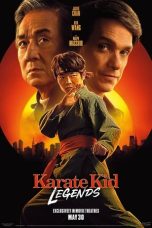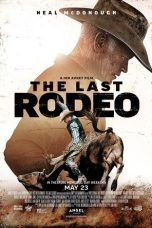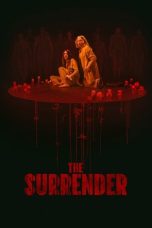The Man Who Wasn’t There (2001) Movie Review: A Noir Masterpiece
“The Man Who Wasn’t There” (2001), directed by Joel and Ethan Coen, is a neo-noir film that stands out for its distinctive style, atmospheric storytelling, and philosophical depth. Set in the 1940s, the film weaves a tale of crime, existential despair, and moral ambiguity, all wrapped in a classic film noir aesthetic. This review will cover the plot, performances, direction, cinematography, themes, and streaming availability, especially in the United States.
Plot Summary
“The Man Who Wasn’t There” follows Ed Crane (Billy Bob Thornton), a quiet and unremarkable barber in a small Californian town. Set in 1949, the film’s narrative unfolds as Ed becomes entangled in a series of events that spiral out of control. When he discovers his wife, Doris (Frances McDormand), is having an affair with a local businessman, Big Dave (James Gandolfini), Ed seizes an opportunity to change his life.
Ed concocts a scheme to blackmail Big Dave, hoping to use the money to open his own dry-cleaning business and improve his situation. However, the plan quickly goes awry, leading to a series of tragic and morally complex events. As Ed’s life unravels, he confronts themes of identity, fate, and the search for meaning in an indifferent world.
Performances
- Billy Bob Thornton as Ed Crane delivers a masterful performance, capturing the character’s quiet desperation and existential dread. Thornton’s portrayal of Ed is understated yet deeply compelling, making him the center of the film’s introspective narrative.
- Frances McDormand as Doris offers a nuanced performance, portraying a character caught between desire and responsibility. McDormand’s role adds emotional depth to the film’s exploration of personal and relational conflicts.
- James Gandolfini as Big Dave provides a strong supporting performance, embodying the character’s aggressive and manipulative nature. Gandolfini’s role adds tension and complexity to the film’s central conflict.
Direction and Cinematography
The Coen Brothers’ direction is characterized by their signature blend of dark humor, meticulous craftsmanship, and existential themes. Joel and Ethan Coen create a film that pays homage to classic film noir while offering a contemporary twist. Their direction ensures that the film’s narrative is both engaging and thought-provoking.
The cinematography by Roger Deakins is notable for its striking use of black-and-white film. Deakins’ work enhances the film’s noir aesthetic, using shadows, lighting, and composition to create a visually evocative and immersive experience. The film’s stark visual style complements its themes of alienation and moral ambiguity.
Themes and Symbolism
“The Man Who Wasn’t There” explores themes of identity, fate, and the search for meaning in a seemingly indifferent world. The film delves into existential questions about the nature of existence and the impact of individual choices on one’s life.
The film’s noir elements, such as its use of shadow and moral ambiguity, serve as symbols of the characters’ inner turmoil and the broader existential struggles they face. Ed Crane’s journey reflects a deeper exploration of human nature and the consequences of living a life defined by inaction and passive resignation.
Availability on Streaming Services
For audiences in the United States, “The Man Who Wasn’t There” is available for streaming on platforms such as Amazon Prime Video. The film can also be rented or purchased on digital platforms like Google Play Movies, Apple iTunes, and Vudu. These options provide convenient access to this classic film noir.
Conclusion
“The Man Who Wasn’t There” (2001) is a captivating and thought-provoking film that stands out for its distinctive noir style and existential themes. With exceptional performances from Billy Bob Thornton, Frances McDormand, and James Gandolfini, combined with the Coen Brothers’ masterful direction and Roger Deakins’ striking cinematography, the film offers a compelling exploration of identity and fate.
With its availability on various streaming platforms, “The Man Who Wasn’t There” is accessible to a wide audience. Whether you are a fan of film noir, existential cinema, or the Coen Brothers’ unique storytelling, this film delivers an engaging and memorable viewing experience.


















